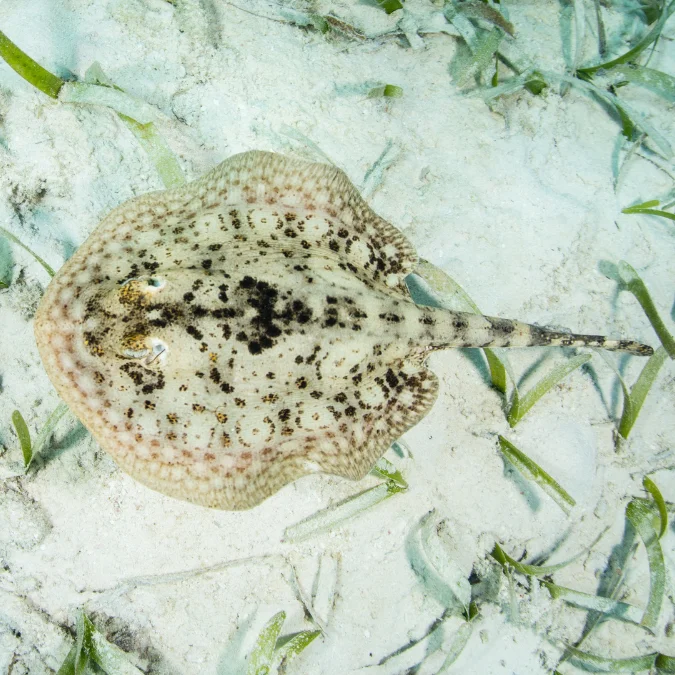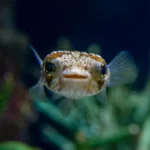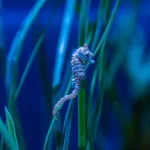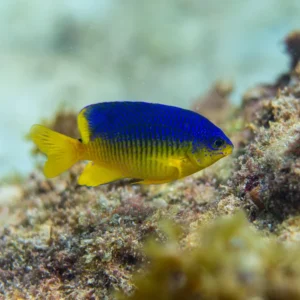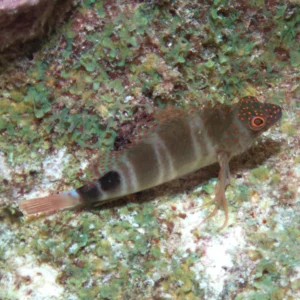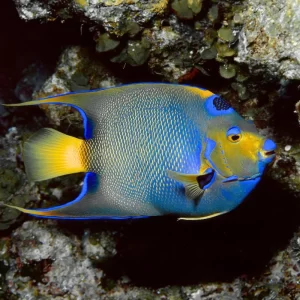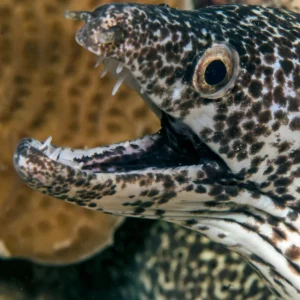Yellow Ray (Urobatis jamaicensis)
$99.99
The Yellow Stingray, native to the warm Caribbean waters, displays a pale yellow hue adorned with faint black ornate patterns across its body. Notably, it possesses a venomous serrated spine situated at the junction of its tail and body.
To provide suitable care for the Yellow Stingray, meticulous attention to water quality and an appropriate aquarium environment is paramount. Consider allowing extra acclimation time for this exquisite fish.
Despite its venomous spine, the Yellow Stingray exhibits a gentle disposition and can be trained for hand-feeding. Caution remains essential. Ensure robust water circulation and ample open swimming space at the tank’s bottom, featuring a sandy substrate to prevent abrasions to its delicate skin. The substrate should be sufficiently deep to allow the ray to bury itself comfortably when resting. Co-habit with more robust fish, such as larger tangs, and opt for less aggressive angelfish as tank mates. It’s advisable to avoid housing them with puffers, triggerfish, and aggressive angels, which may cause injuries to their eyes and soft skin. Due to predation risks, invertebrates and small fish should not share the tank with the stingray.
Sharks and rays consume food whole, so feeding them appropriately sized portions is vital. Use a feeding stick for precision. Offer a diet consisting of small fish (like silversides), squid, and shrimp.
Body size is generally around 6″ to 9″.
Description
Scientific Name
Urobatis jamaicensis
Specifications
| Origin | Caribbean |
|---|---|
| Max Size | 10″ |
| Family | Ray |
| Provider | Keys Marine Life Direct |
Arrive Alive Guarantee

